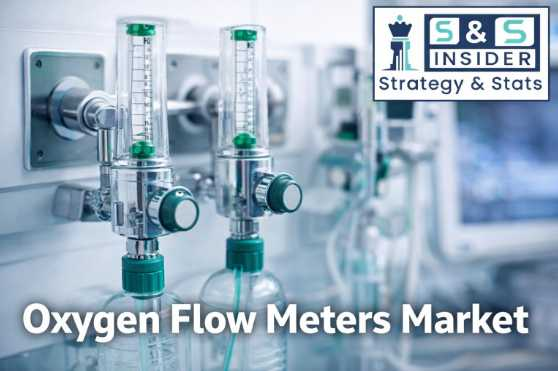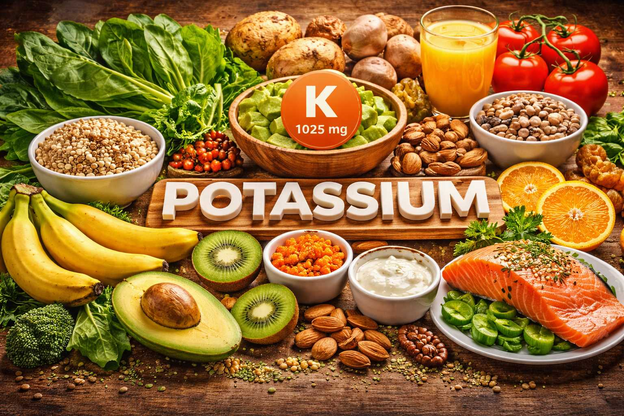
Car accidents can result in significant physical, emotional, and financial burdens for those involved. Whether it's a fender bender or a more severe crash, understanding the types of car accident claims and how to navigate the process is crucial for anyone involved in such incidents. This guide will provide an overview of the most common types of car accident claims, explaining the specifics of each claim type and how they can impact the victims involved.
Types of Car Accident Claims
Car accidents can happen for various reasons, and the claims process often depends on the specifics of the incident. Below, we will examine the most common types of car accident claims and how they are typically handled.
1. Rear-End Collisions
One of the most common types of car accidents is a rear-end collision. This occurs when one vehicle crashes into the back of another, typically due to following too closely or not reacting quickly enough to sudden stops. Rear-end accidents are often less severe in terms of injury, but they can still cause whiplash, back injuries, and other physical harm.
Liability in Rear-End Collisions:
In most rear-end accidents, the driver who hits the other car from behind is usually deemed at fault. However, there are exceptions, such as if the car in front suddenly reverses or if the rear vehicle was avoiding another obstacle.
Claims Process:
The injured party typically files a claim with the insurance company of the driver at fault. If the damages exceed insurance limits or if fault is contested, legal action may be required. For more information about handling rear-end collisions, consult resources such as NHTSA.
2. T-Bone or Side-Impact Collisions
A T-bone accident occurs when one vehicle strikes the side of another, forming a "T" shape. These types of accidents are particularly dangerous because the sides of vehicles often lack the same protection as the front and rear, making passengers more vulnerable to injury.
Liability in T-Bone Accidents:
T-bone accidents often occur at intersections, where one driver runs a red light or fails to yield. In these cases, the driver who violated the traffic laws is typically considered at fault. However, determining fault may require investigating traffic signals, witness statements, and other evidence.
Claims Process:
Injured parties can file claims against the at-fault driver's insurance company. Depending on the severity of injuries, the victim may also seek compensation for lost wages, medical bills, and pain and suffering.
3. Head-On Collisions
Head-on collisions are one of the most severe types of car accidents. These accidents occur when two vehicles collide front-to-front, often resulting in severe injuries or fatalities due to the high impact. These types of crashes are more likely to occur on two-lane roads or highways, especially if one driver crosses into oncoming traffic.
Liability in Head-On Collisions:
Head-on accidents are often caused by driver negligence, such as driving under the influence of alcohol or drugs, distracted driving, or reckless driving. The driver who causes the collision is typically at fault.
Claims Process:
In cases of serious head-on collisions, the insurance companies involved will usually conduct a detailed investigation. If the insurance settlement is insufficient to cover the damages or injuries, victims may need to seek legal representation to ensure full compensation. In these cases, seeking advice from experienced lawyers, such as those at Adam Smallow Injury Lawyers, can be beneficial.
4. Single-Vehicle Accidents
A single-vehicle accident involves only one car, where the driver loses control of the vehicle and crashes into a barrier, tree, or other obstacles. These accidents can occur due to weather conditions, driver error, or mechanical failure.
Liability in Single-Vehicle Accidents:
In single-vehicle accidents, the driver is typically considered at fault, unless a defect in the vehicle, road hazards, or another external factor contributed to the crash. In some cases, if the accident was caused by a road defect, the local government or construction companies may be liable.
Claims Process:
If the accident was caused by a defect, victims may file a product liability claim against the manufacturer. If the road conditions contributed to the crash, a premises liability claim against the government or road maintenance company may be filed. In cases of driver error, the claim process typically involves the driver's own insurance.
5. Hit-and-Run Accidents
A hit-and-run accident occurs when one driver causes a collision and leaves the scene without providing their information. These accidents can be frustrating and complicated because the responsible party is often not available for legal or insurance purposes.
Liability in Hit-and-Run Accidents:
The at-fault driver is still liable for the damages in a hit-and-run accident, but locating them can be difficult. If the driver cannot be found, victims may rely on their own insurance policies, such as uninsured motorist coverage, to cover the costs of the accident.
Claims Process:
If the driver is located, the process follows standard car accident claims procedures. If the driver is not found, the victim’s own insurance company may pay for the damages, though this often involves a complex investigation and potentially legal action to pursue compensation.
6. Drunk Driving Accidents
Drunk driving accidents occur when a driver operates a vehicle under the influence of alcohol or drugs, impairing their ability to safely control the vehicle. These accidents can result in catastrophic injuries or fatalities.
Liability in Drunk Driving Accidents:
In most cases, the intoxicated driver is held fully responsible for the accident. In addition to criminal charges for DUI (Driving Under the Influence), they may face civil lawsuits for damages.
Claims Process:
Victims of drunk driving accidents can file claims against the driver's insurance company, and if the damages exceed insurance limits, they can pursue a personal injury lawsuit. Legal representation is highly recommended in these cases, as drunk driving accidents often involve complex legal proceedings.
What to Do After a Car Accident
Regardless of the type of car accident, there are a few steps you should take immediately following a crash:
Ensure Safety: Move to a safe location if possible and check for injuries.
Call Authorities: Contact law enforcement to report the accident and get a police report.
Exchange Information: Gather contact and insurance details from all involved parties.
Document the Scene: Take pictures of the accident scene, vehicle damage, and any visible injuries.
Seek Medical Attention: Even if you don't feel injured, it's important to see a doctor to rule out any hidden injuries.
Contact an Attorney: If the accident involves significant damage or injury, consult with a car accident attorney to help guide you through the claims process.
Conclusion
Understanding the different types of car accident claims and the claims process is essential for anyone involved in a car crash. While the claims process can vary based on the circumstances of the accident, seeking the assistance of an experienced attorney can help ensure that you receive fair compensation for your damages. If you’ve been involved in an accident, don’t hesitate to reach out to legal professionals for guidance.



















